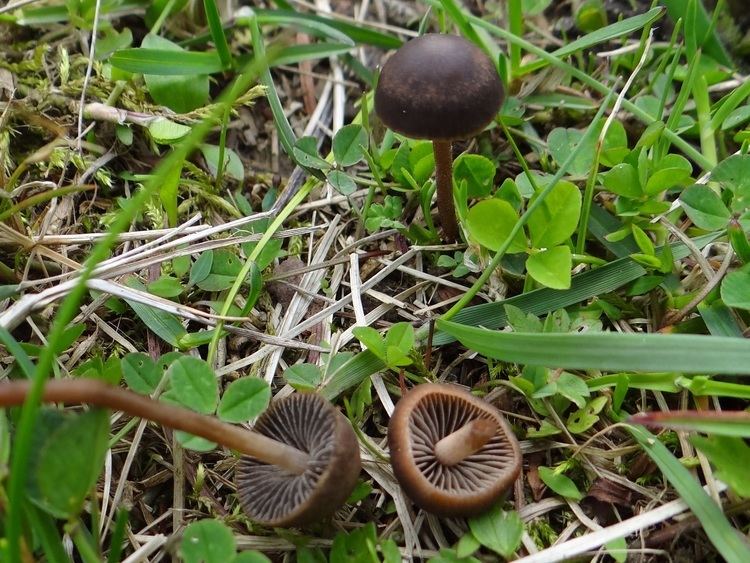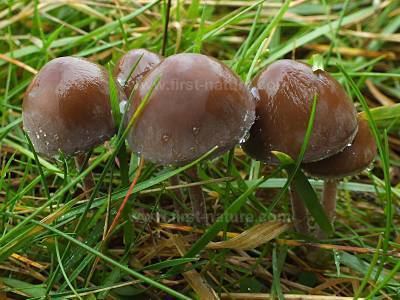Kingdom Fungi Rank Species | Class Agaricomycetes Genus Panaeolus Phylum Basidiomycota Order Agaricales | |
 | ||
Similar Panaeolus, Panaeolus olivaceus, Panaeolus cinctulus, Gymnopilus luteus, Gymnopilus luteofolius | ||
Panaeolus fimicola is a widespread but seldom identified "little brown mushroom" which sometimes contains small amounts of the hallucinogen psilocybin. Panaeolis ater is a synonym.
Contents

Description

Habitat and formation

Panaeolus fimicola can be found growing solitary to scattered in soil or dung, fertilized lawns and other grassy places, late spring to mid-fall. It is widespread and common across the Americas, as well as Europe and Africa. It has also been found in Turkey.


References
Panaeolus fimicola Wikipedia(Text) CC BY-SA
